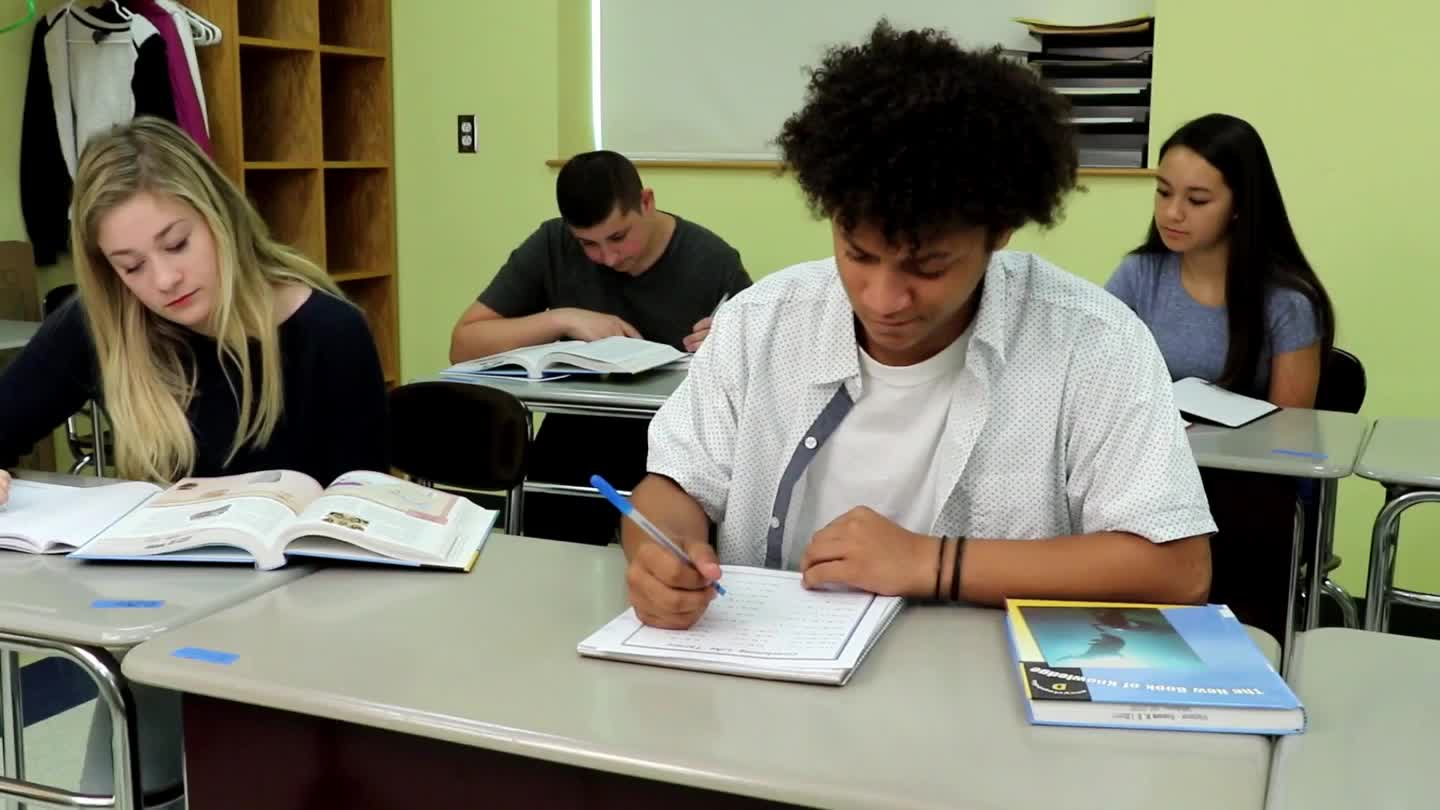As educators, we know that our students use slang words in their everyday lives. Slang words are informal or shorter versions of words that are often used in casual conversations among friends or peers. While these words can help students feel a sense of belonging and connection with their peers, it is essential for them to understand the appropriate time and place to use them. In this blog post, we will explore an engaging no-prep activity to teach students about slang words and their appropriate usage in different social contexts, along with discussion questions, related skills, and next steps.
Introduction
Understanding the appropriate use of slang words is an important aspect of Social-Emotional Learning. By learning to differentiate between formal and informal language, students develop better communication skills and show respect for others in various social settings. This knowledge helps them navigate social situations more effectively and avoid potential misunderstandings or conflicts.
No-Prep Activity: Slang Words and Their Contexts
This no-prep activity aims to help students identify slang words and understand the appropriate contexts for using them. Here’s how it works:
- Divide the students into small groups.
- Ask each group to brainstorm a list of slang words they commonly use or hear in their everyday lives.
- Next, have the groups discuss and identify the appropriate social contexts for using each slang word on their list (e.g., with friends, at home, in school, etc.). Remind them to consider the feelings and perspectives of others when making their decisions.
- Have each group present their findings to the class, explaining their reasoning for each context they identified.
- Facilitate a class discussion about the importance of understanding the right time and place for using slang words and the potential consequences of using them inappropriately.
Discussion Questions
- Why is it important to understand the appropriate time and place for using slang words?
- How can using slang words in the wrong context affect our relationships with others?
- What are some strategies you can use to ensure you are using appropriate language in different social situations?
- Can you think of a situation where using slang words might be considered disrespectful? How would you handle such a situation?
- How can we show respect and empathy for others when choosing the language we use in different settings?
Related Skills
Teaching students about the appropriate use of slang words also helps them develop other essential social-emotional skills, such as:
- Active listening
- Empathy and perspective-taking
- Respect for others
- Effective communication
- Conflict resolution
Next Steps
Now that you have a better understanding of how to teach students about slang words and their appropriate usage, it’s time to put these skills into practice. To access free samples of this skill and others, visit Everyday Speech’s sample materials and sign up today. By incorporating these engaging activities and resources into your curriculum, you can help students develop essential social-emotional skills that will benefit them in and out of the classroom.






